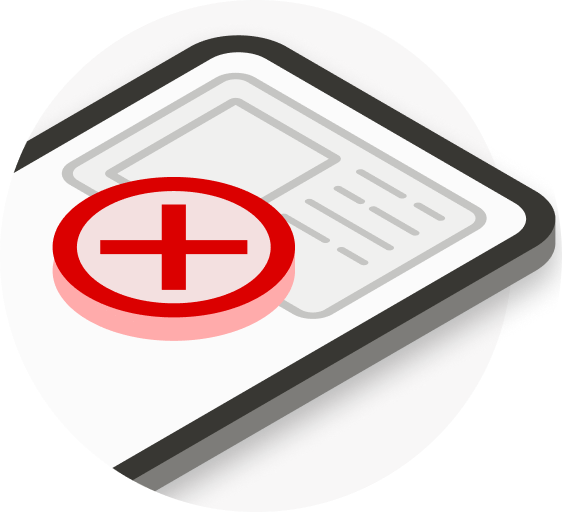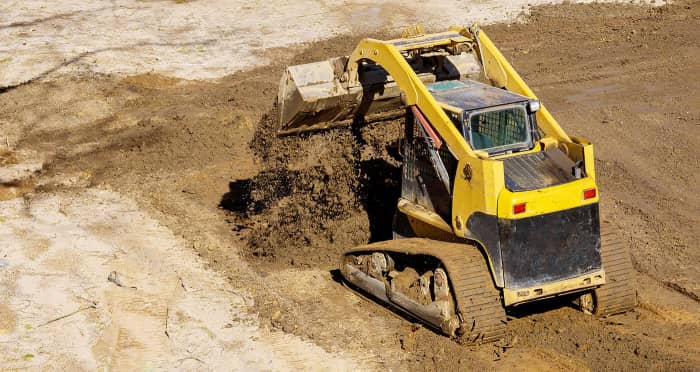Compact Track Loader Rentals
Compact Track Loader Rentals
Get pricing & availability from local rental companies:
Set Location for Rates
Set Location for Rates
Searching 8 Compact Track Loader rental sizes across rental companies.
Walk Behind Skid Steer Compact Track Loader
Daily (National Average):
$321
1300 Lbs Compact Track Loader
Daily (National Average):
$349
1700 Lbs Compact Track Loader
Daily (National Average):
$434
2000 Lbs Compact Track Loader
Daily (National Average):
$505
2200 Lbs Compact Track Loader
Daily (National Average):
$489
 If it’s available, DOZR finds it.We search all suppliers near you to source your equipment on-time for the right price.How DOZR Sources Equipment
If it’s available, DOZR finds it.We search all suppliers near you to source your equipment on-time for the right price.How DOZR Sources Equipment Flexible cancellation.In case you need to cancel your order, let us know as soon as possible to avoid cancellation fees.Cancellation Policy
Flexible cancellation.In case you need to cancel your order, let us know as soon as possible to avoid cancellation fees.Cancellation Policy We deliver your equipment where you need it, when you need.Simply set your delivery preferences in checkout and our team will handle the logistics.Delivery & Transportation
We deliver your equipment where you need it, when you need.Simply set your delivery preferences in checkout and our team will handle the logistics.Delivery & Transportation Equipment service.Breakdowns happen; we get you repairs or replacements fast to minimize downtime. The DOZR Team is available Mon–Fri between 8am and 5pm EST for any and all...Learn More
Equipment service.Breakdowns happen; we get you repairs or replacements fast to minimize downtime. The DOZR Team is available Mon–Fri between 8am and 5pm EST for any and all...Learn More Control your rentals with ease.After your order is placed, you can easily access and manage the rental, like extending and off-renting, right from the confirmation email.Managing Your Rental
Control your rentals with ease.After your order is placed, you can easily access and manage the rental, like extending and off-renting, right from the confirmation email.Managing Your Rental Need attachments?Buckets, thumbs, forks, augers – simply specify what you need in Checkout and The DOZR Team will make it happen.Attachments & Requests
Need attachments?Buckets, thumbs, forks, augers – simply specify what you need in Checkout and The DOZR Team will make it happen.Attachments & Requests More Questions?Our FAQ has answers.
More Questions?Our FAQ has answers.
2500 Lbs Compact Track Loader
Daily (National Average):
$758
3000 Lbs Compact Track Loader
Daily (National Average):
$586
3400 Lbs Compact Track Loader
Daily (National Average):
$567
Recommended Compact Track Loader Guides
The Ultimate Compact Track Loader Spec Guide
A complete guide to compact track loader specs for companies include John Deere, Bobcat, C...
Compact Track Loader Weight & Specs Comparison ChartThe Most Common Attachments for Skid Steers and Compact Track Loaders
While there are hundreds of different skid steers attachments, only a few are needed on ev...
Compact Track Loader AttachmentsSkid Steer vs Compact Track Loader: Finding the Ideal Equipment
Depending on the terrain and job specifics, you might have to consider renting a compact t...
Skid steer vs compact track loader comparisonComparing All Compact Track Loader Brands: Who Makes The Best One?
With 12 compact track loader popular brands in North America, there are many great options...
Compare the best compact track loader brandsSimilar Equipment
Learn More About Heavy Construction Equipment
The Best Way to Move Mulch In the Spring
Mulching your gardens is a sign of springtime. But it can be a backbreaking task. Did you know you can rent a machine to make it easier?
Read Article
5 Benefits of a Skid Steer Rental
What makes a skid steer so special in construction? Why should you consider renting one for your next project? Here are 5 benefits of a skid steer rental.
Read Article
Comparing All Compact Track Loader Brands: Who Makes The Best One?
With 12 compact track loader popular brands in North America, there are many great options to choose from. However, depending on your needs, you may prefer a specific brand and model. Read about all different CTL OEMs here.
Read Article
Refund Policy
DOZR offers refunds within 24 hours if the equipment does not meet the specifications that were transacted on. Equipment rented on DOZR can be returned at any time by emailing equipment@dozr.com, and no further rental charges will be charged after the equipment is off-rented.
